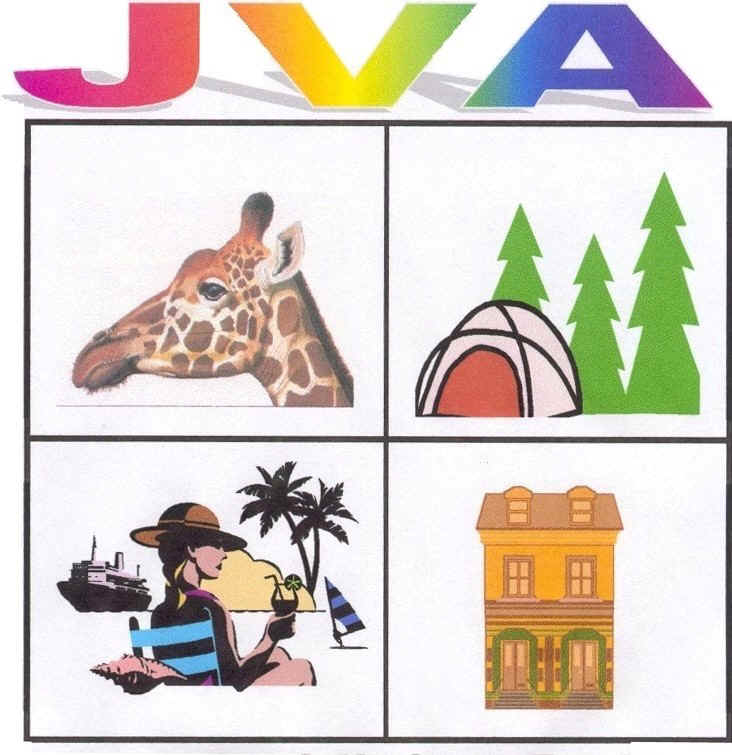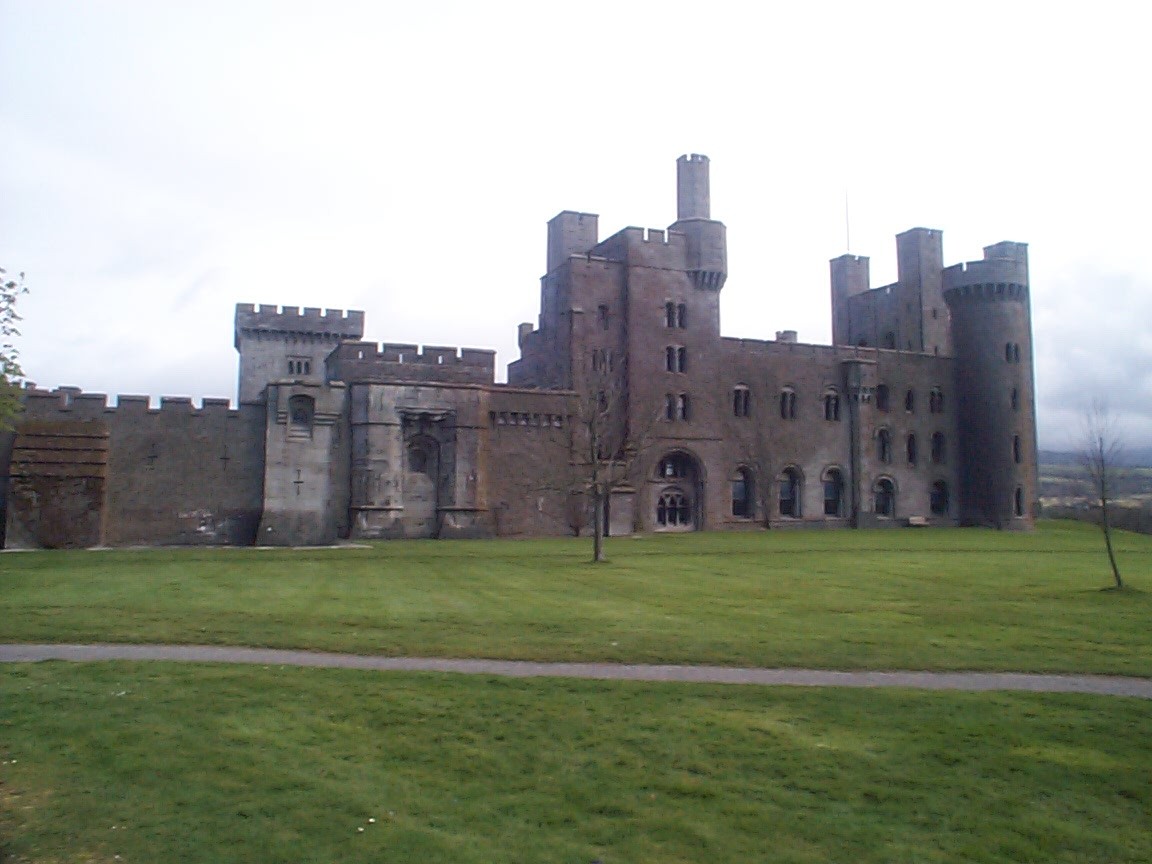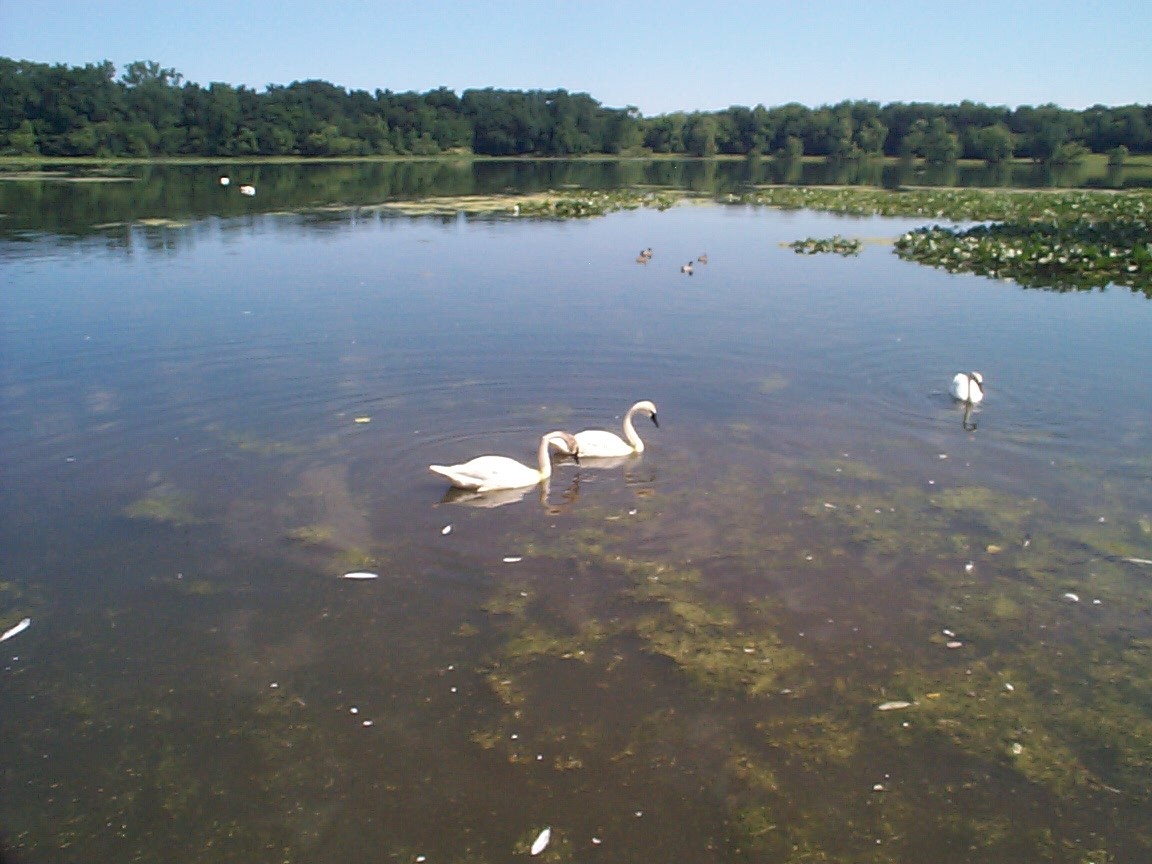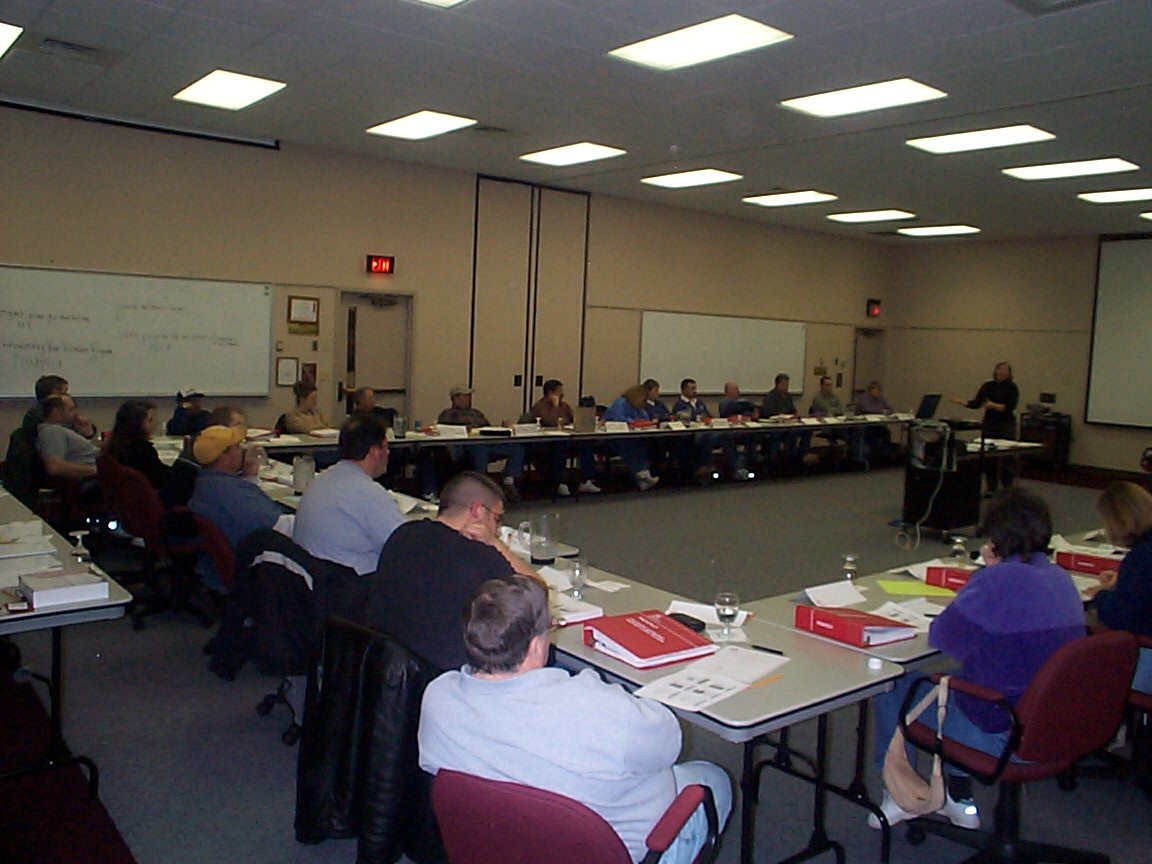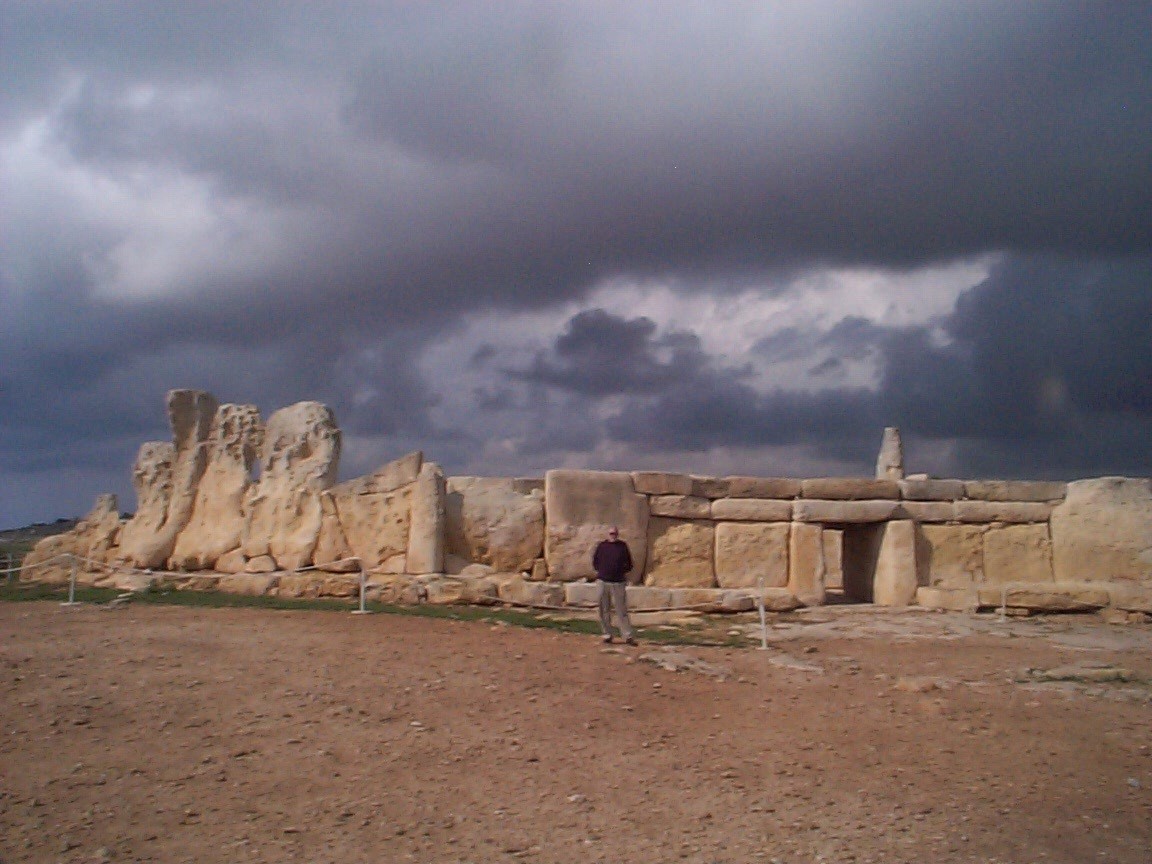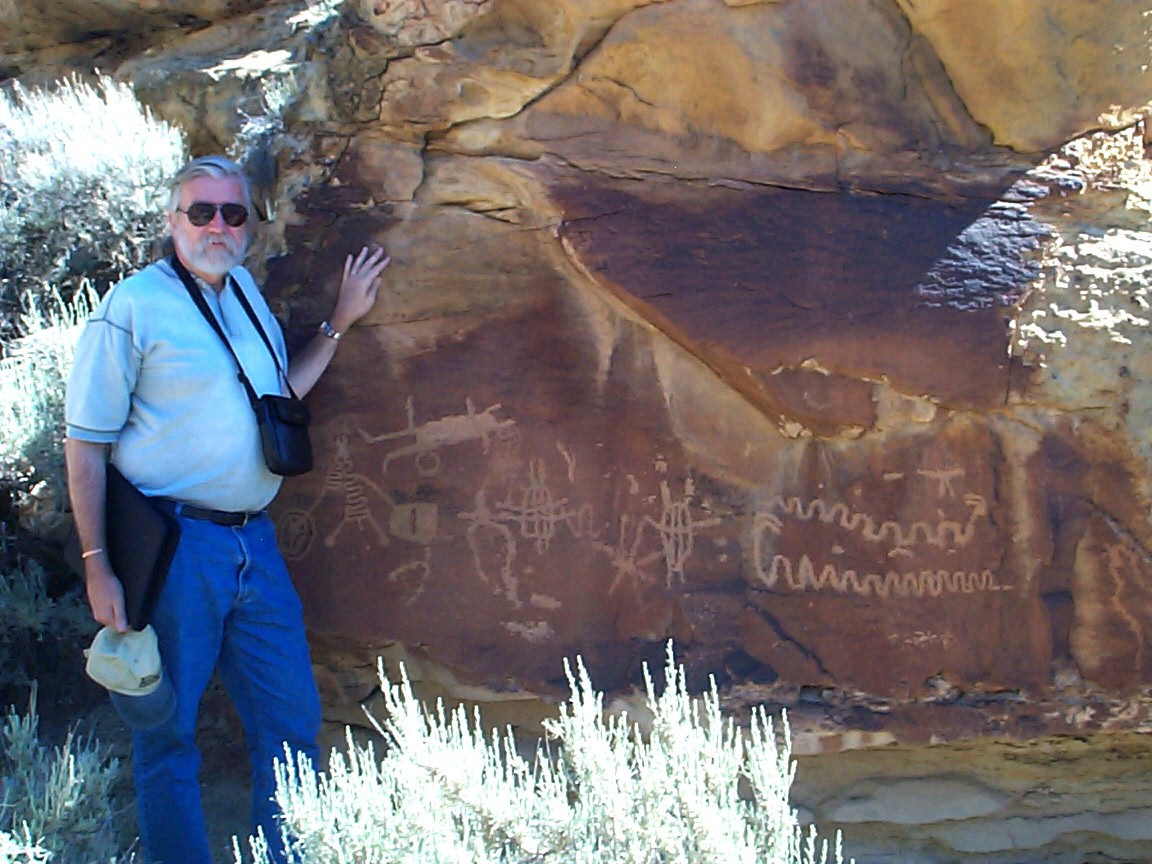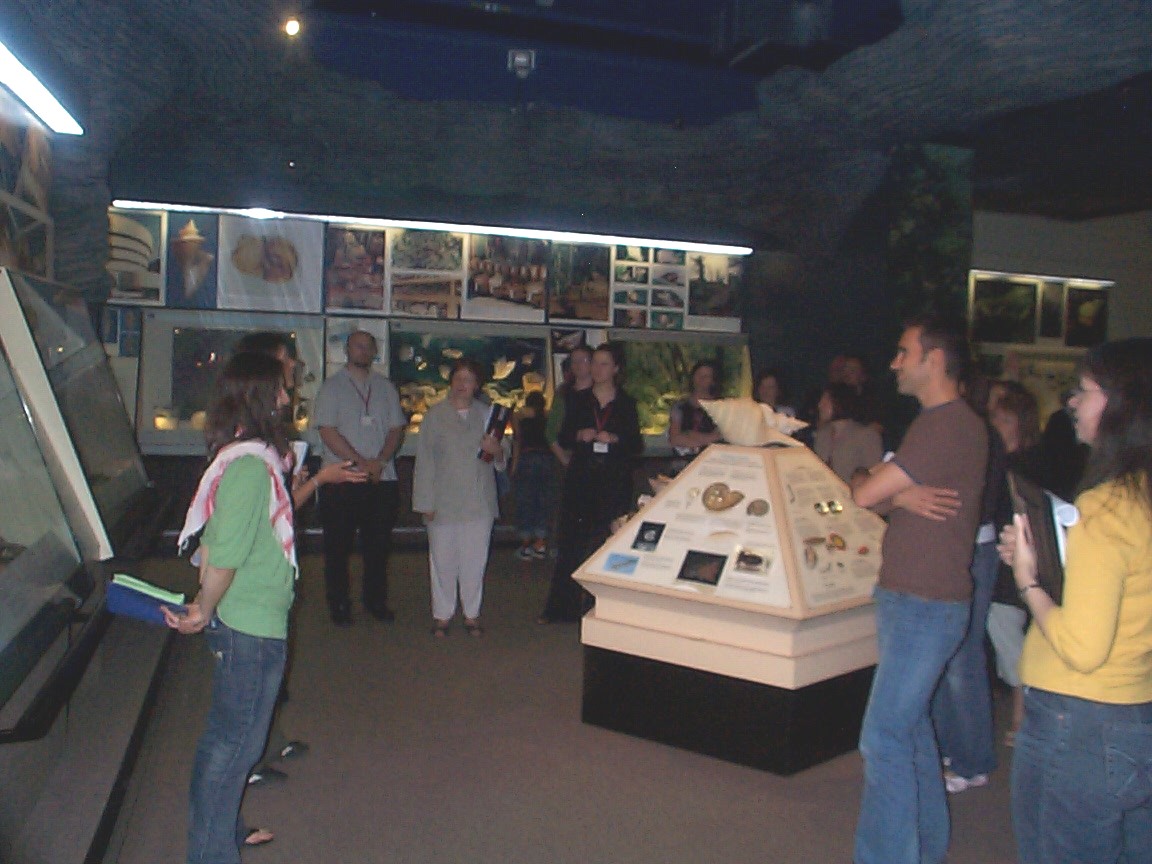Is Your Scenic Byway Interpretation Sustainable?
John A. Veverka
Certified Interpretive Planner
Is your scenic byway interpretation in trouble?
The project is done, the scenic byway is completed, the interpretive plan done, and all
of the thousands of dollars spent on interpretation media to bring the byway story alive
to your visitors are in place. You are finally all done? NO! You have really just begun.
The problem with a lot of byway interpretation is that it was not planned to be
sustainable. Often done by contractors’ who are not trained interpretive planners,
byway interpretation tends to be lots of information, not inspiration/interpretation and
tend to be answers to questions that no one is asking! The interpretation was done
to simply "complete the project", and never tested or evaluated to see if the
interpretation actually worked – successfully transmitted any messages to visitors -
before the final panels or other media were completed. It was not planned to be a living,
on-going interpretive system in need of monitoring and yearly updating. Most of the
interpretation media are final! Once the panels are up, or the booklets printed, it’s
all done! Everyone goes home. And that’s the problem.
Now a year or so has passed, and most of the residents/visitors have seen the panels,
or done the booklet directed drive. Once you have done it – you’ve done it. So
if the byway group is monitoring the byway tourism draw, they will probably see a drop in
interest from locals and many visitors over time. The story and presentation are "old
news" and the scenic byway slowly returns to being what it always was – a scenic
road.
Is your byway interpretation going to be sustainable?
By sustainable I mean that your byway will function for many years in successfully
being a tourism draw, as well as a community educational experience and resource,
rather than have high interest at the start, and then less and less interest as the years
pass. Here are some questions to help you think about your byway sustainability.
1. Will you evaluate your byway interpretation to see if it actually is successful
in interpreting your story to visitors? If you are spending tens of thousands of dollars
on interpretation – spend part of that to make sure the stuff works.
2. Will you have more than one market group the interpretation media are planned for
(the concept of mass customization) to increase the diversity of market groups who you can
attract to your byway? How will your byway interpretation plan be marketed for such
audiences as: school groups, history buffs, natural history buffs, botanists, geologists,
etc. What media will you have for each diverse group?
3. After the project is done, who will be taking care of the byway
interpretation to make sure that interpretive panels are in place and haven’t been
vandalized, and other interpretive media is updated? For example, the Ohio River Road
Scenic Byway goes through three states! Just who is going to make sure the interpretive
media for that byway is kept up and maintained and that the interpretation is a seamless
experience for visitors in the future?
4. How will you keep your byway "interesting" and fun for visitors after they
have seen the initial panels or booklet many times? Why should they do the byway again?
5. With gas prices going up, what are the benefits to visitors to do a scenic byway
drive? What’s in it for them? What do they get in return for their investment of time
and money to drive the byway? What benefits are you marketing?
6. And the last question – if you spent tens of thousands of dollars on your
scenic byway interpretation, just how do you really know that you are getting tens of
thousands of dollars in benefits from that interpretation? Where is the proof of
pay back?
Seen it, done it – what’s next?
The fact is that byway interpretation, like any other interpretation, can get boring
after a while, and in need of freshening up! And if the interpretation was boring to start
with, this becomes critical in the long-range interpretation sustainability and marketing
plan. Quite simply, byway interpretation has to be updated – in some cases
seasonally, and in many cases yearly or at least every two years or so. So who is going to
do this, and with what funding? With out this freshening up, it is hard for byways to
maximize their tourism draw potential and be sustainable as a tourism generator for
communities and regions more than a few years after their initial development.
Here are some ideas that might help:
1. During the initial byway interpretive planning process, make sure that
sustainable interpretation is in the plan. This would include planning for changing and
updating interpretive media at select sites over one to five years down the road.
2. If you know you’ll need seasonal interpretive panels for some byway locations,
have them all done at once during the plan/design/fabrication stage. That way you will
have the panels ready to go for seasonal installation, and you can advertise that
"new panels are now up" for seasonal marketing of the byway.
3. While you can produce one printed byway booklet or CD for interpretation, you will
probably need several different ones – for different market groups. Here is a way to
serve these visitor needs and not break the bank.
Produce several different themed self-guiding booklets for different market groups such
as:
* Byway geology and glacial history.
* Early pioneers and settlement in the region.
* Historic cemeteries and their stories.
* Historic people and places.
* Byway roadside plants and animals.
* A parents guide to the byway.
* A child's coloring book for byway features.
* K-12 teachers guide for byway natural and social
history.
* The spring (and summer, fall, winter) byway guide.
Produce these materials in full color as word documents in your computer and then have
them posted and available on the byway web site. That way visitors can print off
(with their own paper and ink) the guide(s) they are most interested in. For those who
don’t have computer access, have a few printed copies available at byway contact
points where visitors can "have one printed while they wait", or check one out
and return it later. These different guides can have different physical stops for each
guide, located by mile marker, visual ques, odometer readings, etc. Again, this should be
part of the initial interpretive plan for the byway to determine which micro market groups
you will want to attract, and the interpretive topics to be developed for the diverse
market groups you are targeting, and the appropriate interpretive stops for each themed
guide.
This gives you maximum flexibility for your byway interpretation, including being able
to easily update each booklet, but not require you to have huge printing costs and runs.
The sustainable interpretation planning basics.
In planning for sustainable byway interpretation and related media, here are some basic
interpretive planning steps to consider. This should be a part of ANY byway interpretive
master plan.
What is my main byway interpretive theme and sub-themes that I will need different
interpretive media and experience for? Is this theme and sub theme(s) marketable?
Specifically, what are the Learning, Behavioral, and Emotional interpretive objectives
that I want by byway interpretation to accomplish, both for the total byway experience,
and for each individual byway interpretive site, location, or stop?
Who are the different macro and micro market groups, and thematic market groups that I
will want to attract, and what are their different interpretive media, and subject matter
needs and interests? Will these groups’ interests change over time?
What are the different sustainability issues of the byway - seasonal sites/attractions,
fixed market groups (the same visitors over and over again), changeable interpretive
panels, seasonal tour route media, and other related needs to keep things fresh.
What will the interpretive media mix need to be (seasonal, thematic, market driven) for
sustainable byway marketing over the next 5 plus years? What media/services will need to
be seasonally or annually updated, why will it need to be updated?
What will the sustainability implementation costs be (changeable media, services,
planning and design, etc.) over the next 5 years?
How will the byway interpretive and tourism marketing be tracked and evaluated to make
sure both the marketing for the byway, and the on-site interpretation are working and
accomplishing their stated objectives at an acceptable level?
What will the strategy be to see if the byway interpretation is indeed having a
positive affect on tourism and that the interpretive investment is yielding a pay back?
Summary
Scenic byways are generally a huge investment in time and money. While most of the
effort goes to all of the up-front and start-up costs of the byway development, including
developing and installing interpretive media, little equal effort seems to go to the long
term sustainability planning of byways as a interpretive heritage tourism asset. Without
this kind of sustainability planning for updating interpretive materials and interpretive
experiences, and developing a wide range of interpretive options for different market
groups, the true potential of byways for providing long term heritage tourism benefits to
communities and regions can be easily lost. As much effort needs to be placed on the
interpretive planning for AFTER the byway is competed – and maintaining newness and
freshness to the byway interpretive experiences - as was provided for the initial
interpretive start-up. Otherwise seeing a long term profit or benefit from the initial
byway investment will be hard to find and visitor interest in the byway interpretive story
will fall as it become old and outdated.
John A. Veverka
Certified Interpretive Planner
John Veverka & Associates
PO Box 189
Laingsburg, MI 48848
